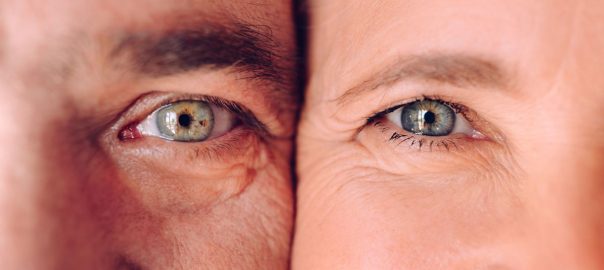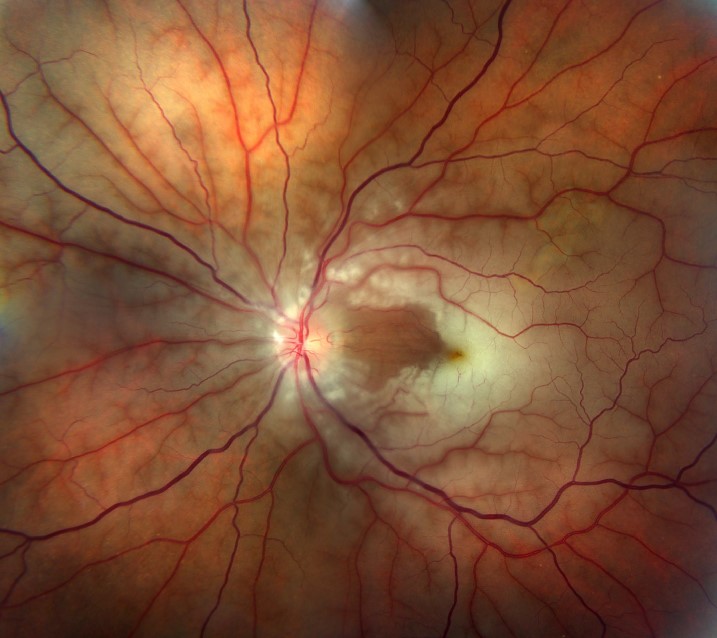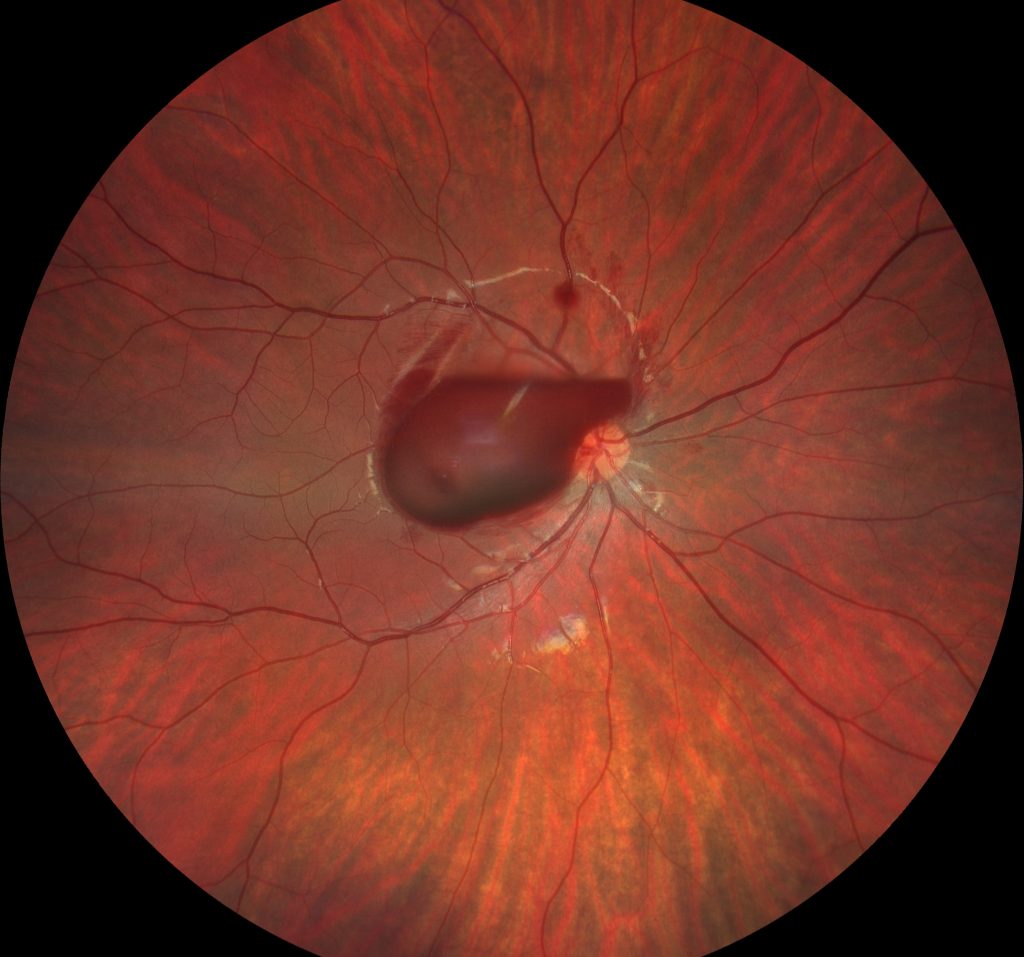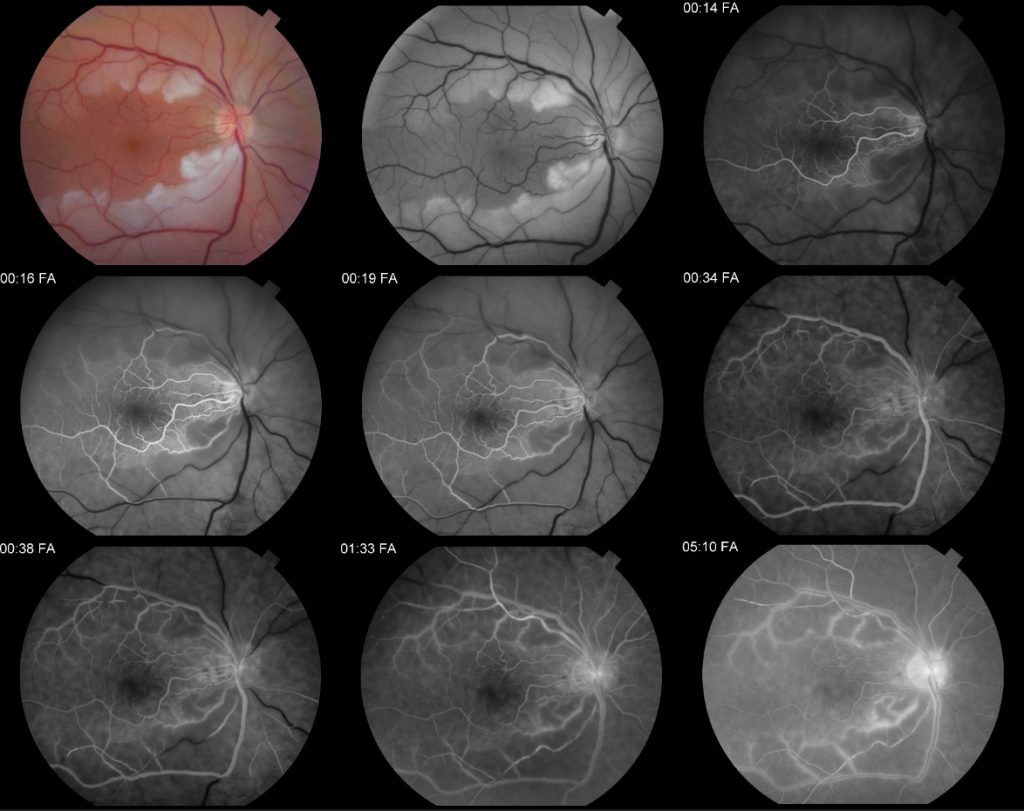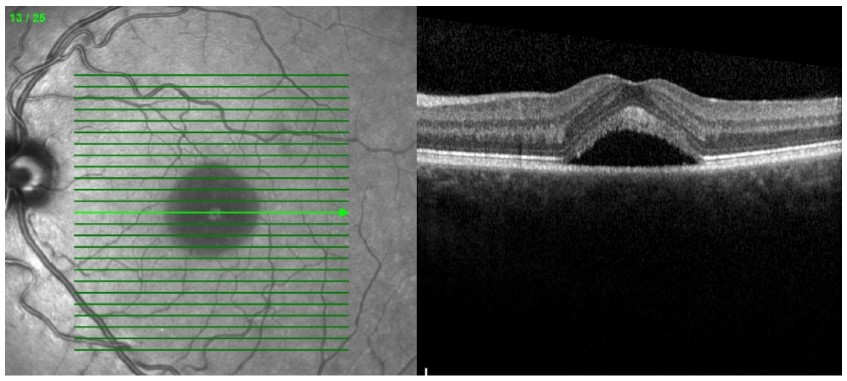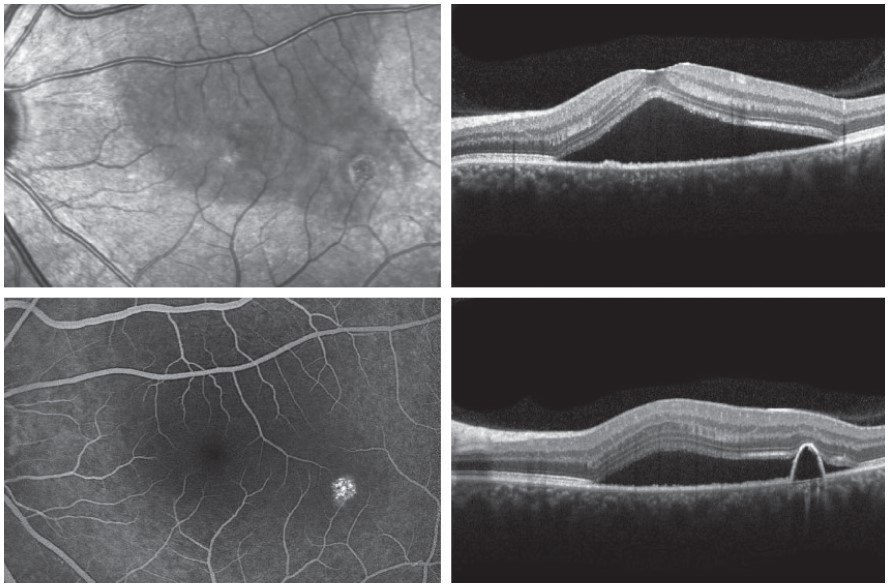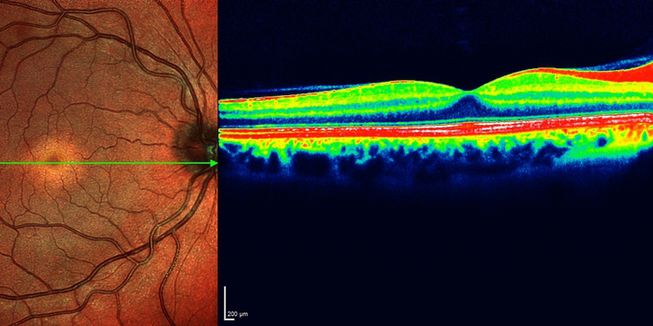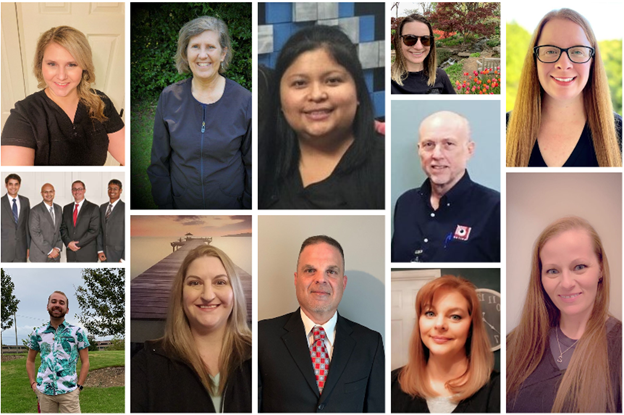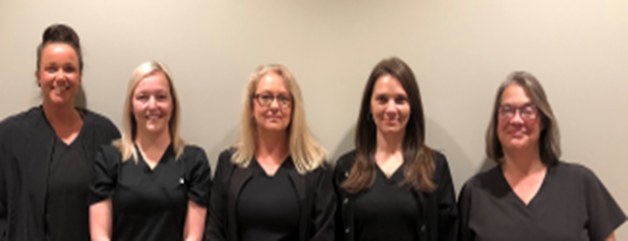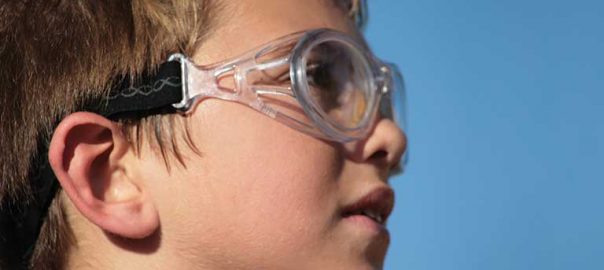We have been told that vision loss isn’t a normal part of aging — but older adults are at higher risk for certain eye diseases like age-related macular degeneration (AMD).
The American Academy of Ophthalmology reports that one in six Americans age 65 and older have a vision impairment that cannot be corrected with glasses or contact lenses. The risk of eye disease increases as we get older, yet many older adults neglect to see an eye doctor for care.
To bring attention to taking care of our eyes as we age, the American Academy of Ophthalmology celebrates Healthy Aging Month to raise awareness of the signs and symptoms of vision loss – and steps to help seniors take care of their sight.

